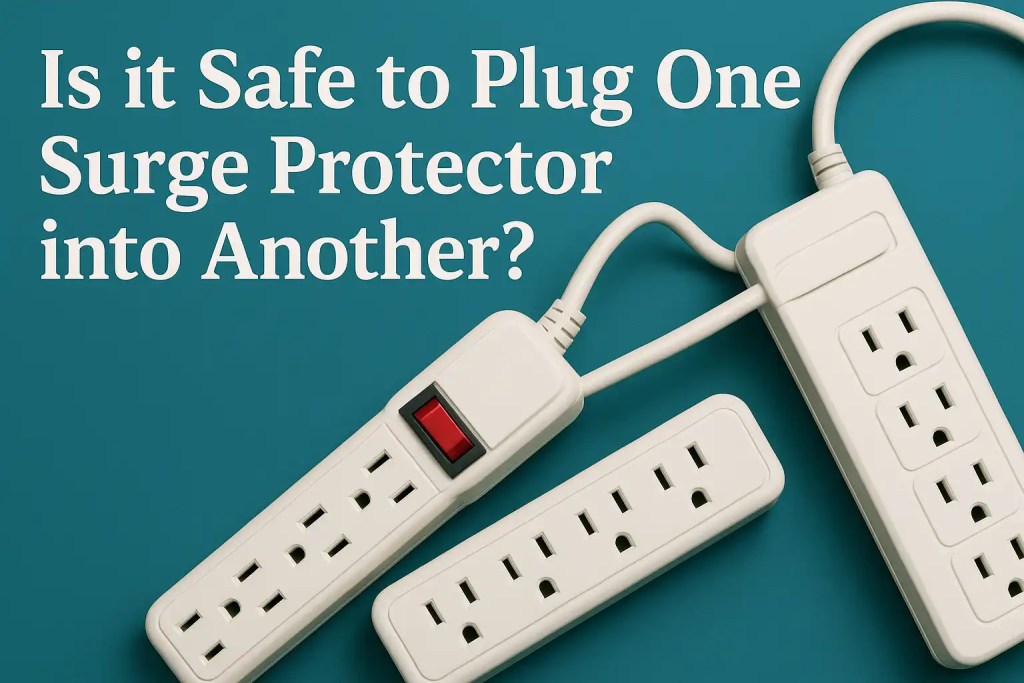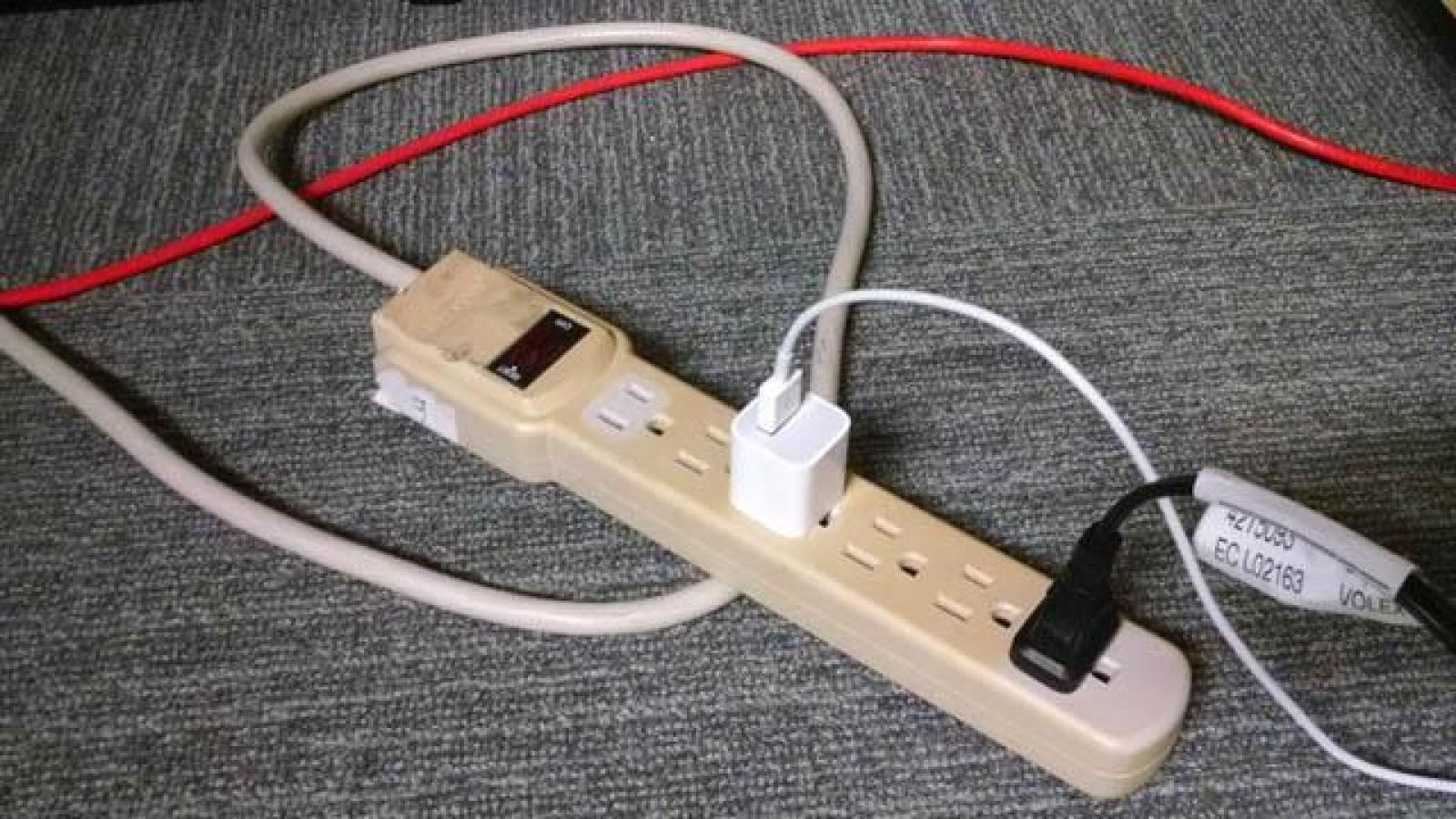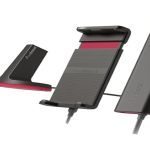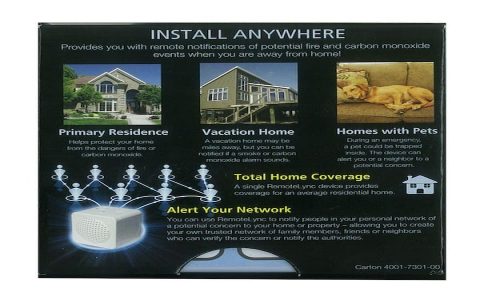Daisy-chaining surge protectors involves plugging one unit into another to extend reach, but expert electrical engineers universally condemn this practice due to significant fire hazards.
Primary Fire Risks
Overloaded circuits: Each surge protector has a maximum load capacity (measured in joules/amperes). Connecting multiple units doesn't increase capacity. Instead, cumulative power draw from attached devices can exceed the first protector's rating, causing overheating.
Voltage irregularity: Chaining disrupts protective circuitry synchronization. If the initial protector activates during a surge, secondary units may receive inconsistent voltage, failing to clamp excess energy and potentially feeding back dangerous currents.

Impedance buildup: Each added unit introduces resistance to the circuit. Elevated impedance forces components to work harder to maintain current flow, generating excessive heat at connection points. Industry tests show temperatures can exceed 150°F/65°C at junctions.
Critical Failure Statistics
- NFPA reports electrical failures caused 43% of home structure fires involving power strips between 2015-2019
- Chained protectors increase arc fault probability by 300% compared to single-unit use
- Thermal runaway events occur 11× faster in daisy-chained configurations
Safe Alternatives
Install properly rated units: Use a single surge protector with joule ratings matching your equipment value and ampacity exceeding your circuit breaker's rating.
Utilize extended outlets: For physical reach needs, employ manufacturer-designed extension cords meeting UL 1363 standards. Ensure they carry equal or higher amperage than the surge protector.
Implement tiered protection: Install a whole-house surge suppressor at your electrical panel combined with individual protectors directly wall-plugged in usage areas.
Electrical safety standards (NFPA 70 Article 400) explicitly prohibit multi-surge protector connections. Consult licensed electricians for high-demand setups requiring expanded protected outlets.













